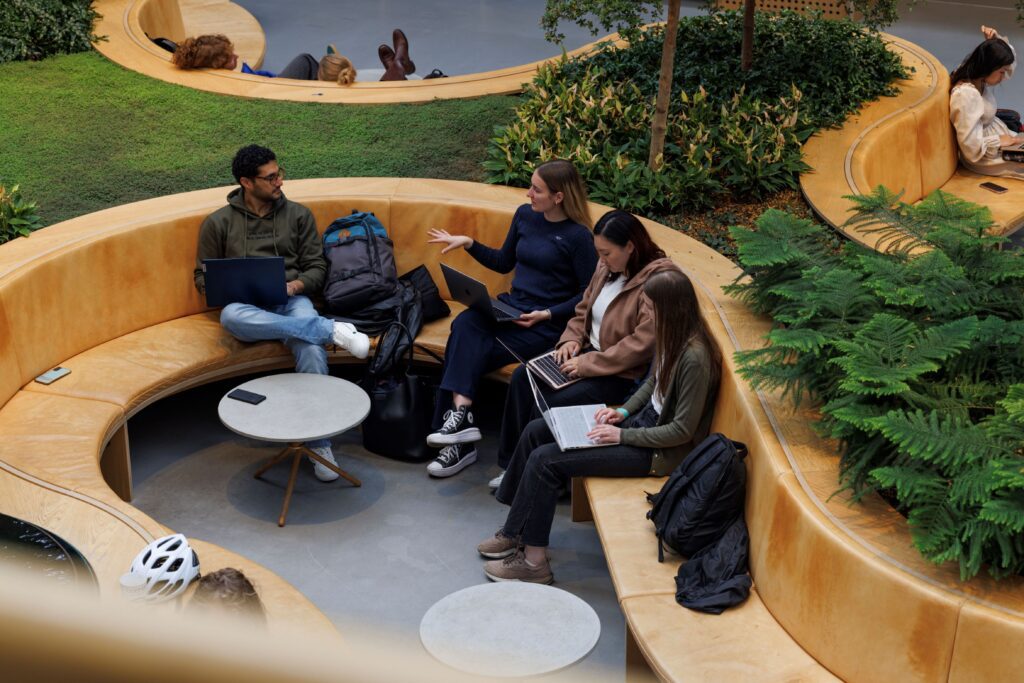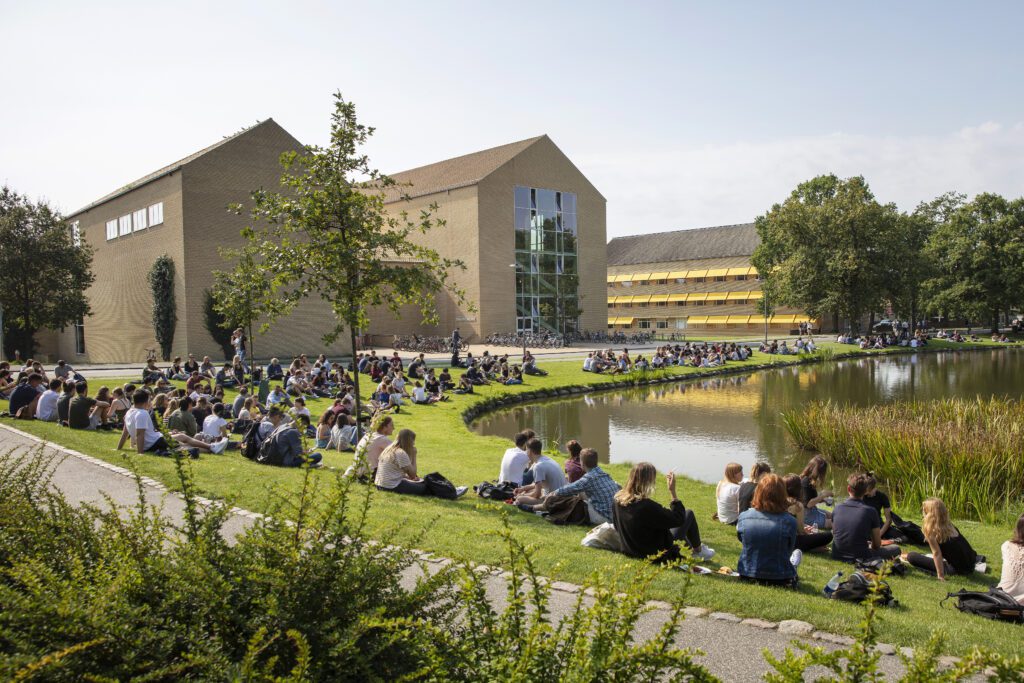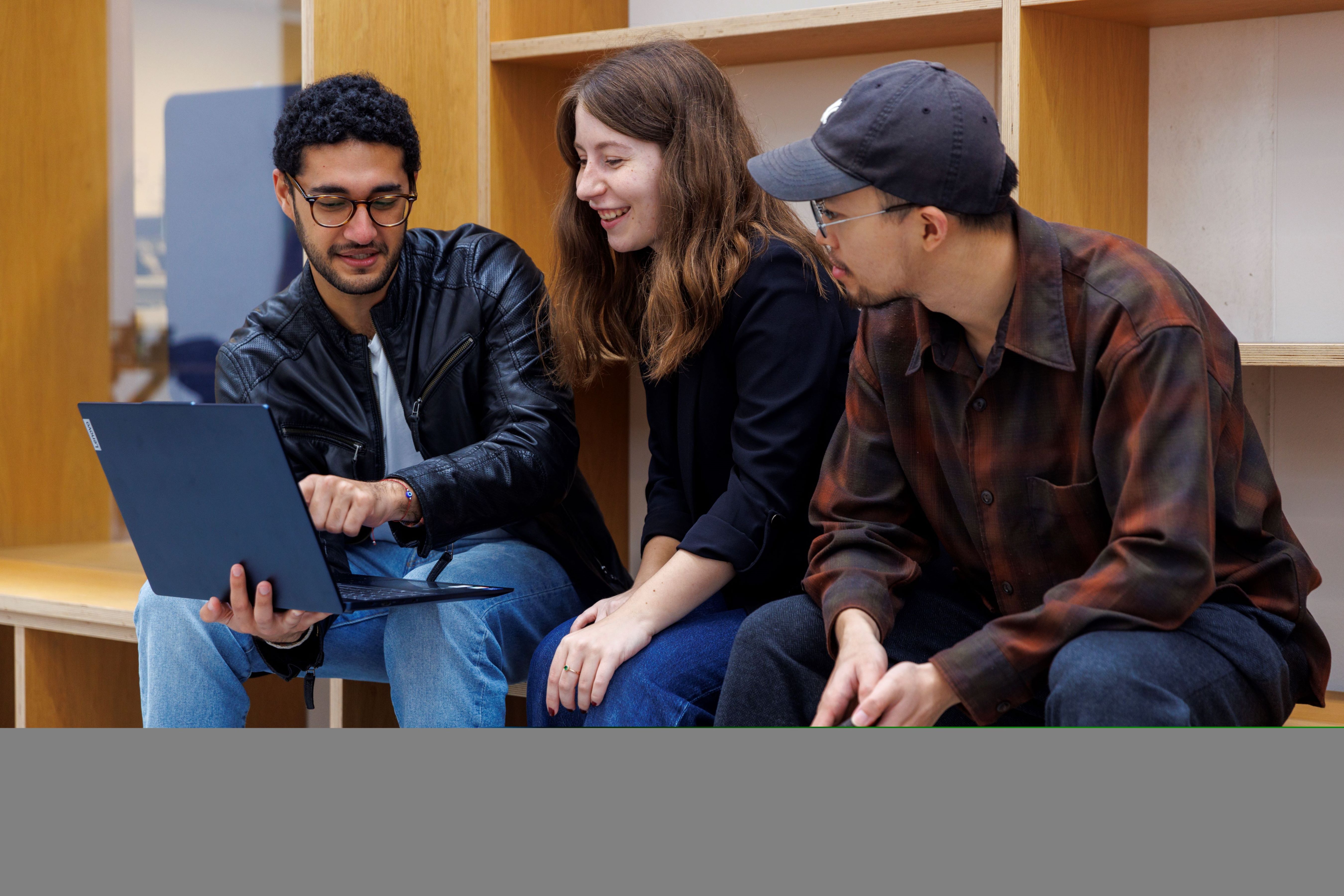When it comes to creating a sustainable and innovative future, no department is more locked in than the Department of Civil and Architectural Engineering at Aarhus University.
At this world top 100 university, researchers are developing electricity-generating microbes that can be integrated into cement, making it possible for houses to both shelter and store energy. Another project aims to minimise waste and establish frameworks and methods for reusing old building materials for construction work. It is forward-thinking projects like these that make the department one of the best of its kind in Denmark.
Research efforts here are set to only improve as the university has just received a US$153 million grant, in cooperation with three other Danish institutions, from the Villum Foundation – the largest single grant to date. The funding will advance the development of new materials, methods, and knowledge for a more sustainable construction sector. “This is not just a large grant, but a decisive shift in how we think about construction and infrastructure in the future,” says Eskild Nielsen, Dean of the Faculty of Technical Sciences. “We must move away from short-term solutions and rethink how we design, maintain, and reuse our built environment.”
Established in 2021 in connection with the university’s reorganisation of its engineering subject, the department offers a demanding and rewarding education with a strong foundation in mathematics and programming. It emphasises the green transition and digitalisation of the construction sector, focusing on sustainable design, building construction, recycling, material design, energy efficiency, regenerative construction, and health throughout the entire construction lifecycle.

The Department of Civil and Architectural Engineering provides education with a strong foundation in mathematics and programming. Source: Aarhus University
The construction sector accounts for a massive share of man-made emissions. To fix that, the department focuses on finding solutions, from regenerative construction and resource consumption to carbon footprint and planetary thresholds. That’s where digitalisation comes in tandem. Intelligent tech is reshaping how we build, monitor, and optimise.
The MSc in Civil and Architectural Engineering sits at this intersection of sustainability and digitalisation, designed to produce experts who can lead the green transition. Students choose from five specialisations: Infrastructures and Geotechnical Engineering, Structural Engineering, Innovative Structural Design, Building Science and Technology, and Construction Management and Engineering.
To Macedonia-born graduate David Stamenov, the MSc was a degree and a blueprint for building better. “The master’s degree is structured to produce skilled and effective researchers,” says Stamenov. “Although my studies were not directly related to floating structures, the more important skill, on top of the technical skills, that the programme provided was the ability to find information and expand my knowledge on my own.”
Before joining Aarhus, Stamenov had earned a bachelor’s degree from Canada that gave him strong, hands-on engineering skills. He knew how to use codes, apply design coefficients, and deliver reliable designs. The MSc gave him even more insights and skills the industry needed.
“The master’s programme at AU ‘lifted the hood’ of building codes and design coefficients. We were taught the inner workings behind the pragmatic design standards often implemented in engineering,” he says. “We derived the governing equations, tested assumptions, and built models from first principles. That shift trained me to move from user of methods to builder of methods — able to innovate when standards fall short and still land solutions that are practical and robust.”

The Department of Civil and Architectural Engineering’s employment rates remain among the highest in the field. Source: Aarhus University
Graduates like Stamenov owe their success to their award-winning professors.
Engineering Professor Klaus Ostenfeld, for example, won the International Association for Bridge and Structural Engineering’s (IABSE) prestigious International Award of Merit in Structural Engineering 2024 for his outstanding contributions to the field and their impact on society. Another is Professor Steffen Petersen, who received the university’s Teaching Prize 2023 for drawing inspiration from stage performances, as he is a musician himself.
As prolific as they are, professors here remain committed to your growth. The MSc lets you choose your own supervisor, an effective way to make your learning more tailored around your academic interests and your career goals.
“My supervisor provided numerous hours of their own time to bring me up to speed on the concepts that I needed to understand for the research,” Stamenov says. “We spent many hours in front of the whiteboard deriving equations and drawing sketches that solidify my understanding of the concepts.”
With this MSc in hand, graduates enter an industry that wants them. In Denmark, employment rates for civil and architectural engineers rank among the highest, with alumni landing roles across consulting firms, infrastructure giants, and cutting-edge research labs. Some go straight into construction. Others pursue PhDs. Many work across borders.
As for Stamenov, he stayed to complete a PhD at Aarhus University in data-driven identification of dynamic systems. “I completely fell in love with my research activities as well as disseminating knowledge to new students,” he says. “I hope to remain in academia after the completion of my PhD.”
Follow Aarhus University on Facebook, Instagram, and LinkedIn and the Department of Civil and Architectural Engineering on LinkedIn.










